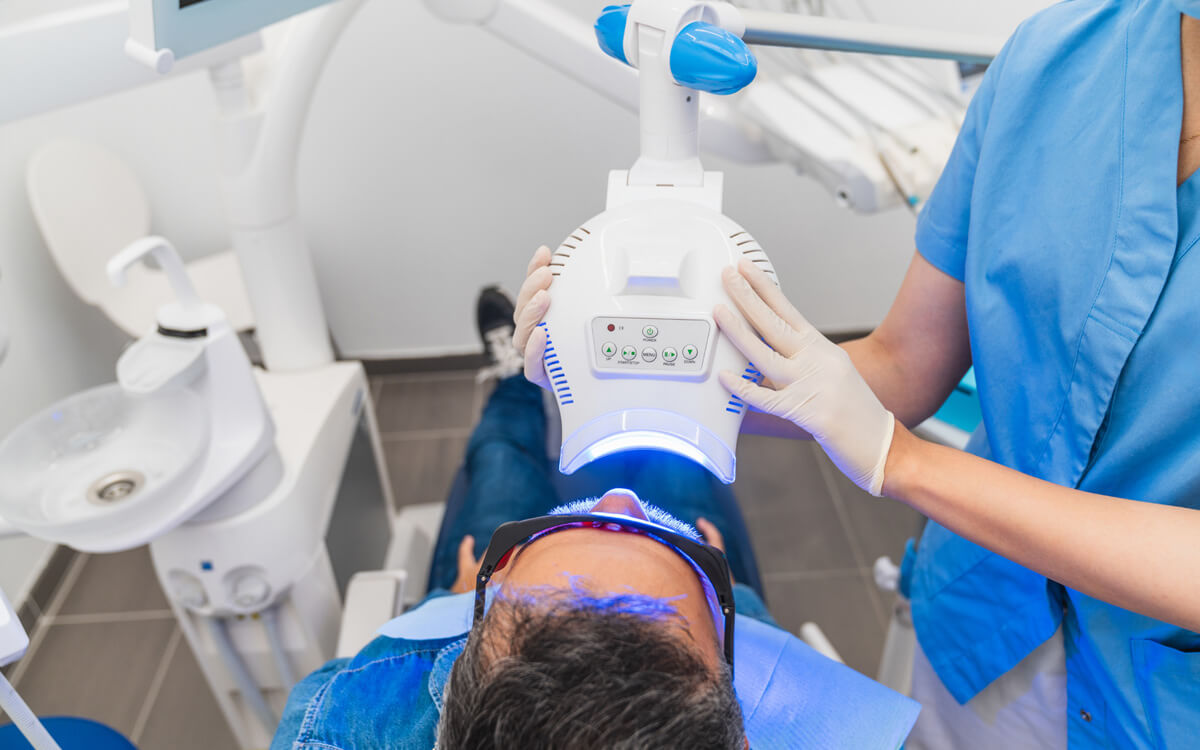“MARSIPAN” Guidelines replaced with the Medical Emergencies in Eating Disorders Guidance
The Royal College of Psychiatrists has produced updated guidance to help frontline staff and clinicians identify and treat patients with eating disorders before the illness becomes a medical emergency.
“Hospital admissions for eating disorders increased by 84% in the last five years”, reads the Royal College of Psychiatrists’ press release. Although an increase in eating disorders is, of itself a concern, that such patients are requiring acute hospital admissions adds an extra layer of complexity to what is already a challenging group of illnesses to treat. Eating disorders are primarily a mental health problem, but their physiological effects can be severe and life threatening, requiring input from a variety of specialist fields. Frontline acute hospital staff are unlikely to see eating disorders on a day-to-day basis, which means that they often do not have the working knowledge and experience to address the mental health element of the presentation which can mean that the ‘physical’ aspects are managed but the ‘mental’ challenges are under-treated. There is also the challenge that patients experiencing an eating disorder may present with satisfactory physical parameters which can mask a medical emergency.
The fact that an improvement was needed in Eating Disorder services was brought into sharp focus following the death of Averil Hart in 2012, which lead to the Parliamentary report “Ignoring the Alarms” which was highly critical of NHS eating disorder services. We have seen a further sharp increase over the last 2 years and have been involved in many High Court cases (and sadly, inquests) where the subject patient has been experiencing an eating disorder (both adults and child/young people).
The Royal College of Psychiatrists has produced updated guidance to help frontline staff and clinicians identify and treat patients with eating disorders before the illness becomes a medical emergency. The guidance has been issued in an attempt to make preventable deaths due to eating disorders a thing of the past and it addresses various eating disorder presentations which are signs that may to lead to medical emergencies.
The updated guidance marks a step forward from the previous MARSIPAN guidance which was primarily focused on anorexia nervosa and aims to add more emphasis on other eating disorders such as bulimia nervosa and binge eating disorder. Focusing on a wider range of eating disorders can help parents, clinicians and organisations alike identify, and hopefully prevent, emergency medical situations for people suffering with eating disorders.
The Medical Emergencies in Eating Disorders: Guidance on Recognition and Management contains 12 recommendations which cover all levels of healthcare input, from: awareness of frontline clinical staff that patients may be at high risk despite appearing well and having normal blood parameters; the role of primary care to monitor and perform physical checks; specialist input on more general wards; and protocols for commissioning bodies.
There is a clear focus within the guidelines on the interaction between services and specialties, seeking to avoid patients “falling through the gaps” when such complex care is required. This includes that inpatient medical teams include (at least) a lead physician/paediatrician, a dietitian with specialist knowledge of eating disorders and a lead nurse. In recognition of the complexity of these issues, it helpfully sets out the interplay between medical treatment, capacity, and the possible requirement for compulsory treatment under the Mental Health Act.
Of course, guidance on paper can only have a positive effect once put into practice, and one of the issues facing eating disorder treatment, and the reason for these guidelines, is a lack of awareness. There are therefore three recommendations dedicated to raising awareness, including job plans for consultants, peer review networks and audits, and training.
The Recommendations
Each of the recommendations has been covered in detail within the 12 chapters of the guidance however, we set out a summary below:
- Clinical staff should be aware that patients with eating disorders being admitted to a medical or paediatric ward may be at high risk despite appearing well and having normal blood parameters.
The guidance establishes that patients with eating disorders may appear well physically despite being in need of medical treatment. This can give clinicians a false reassurance about the level of risk posed to a patient. There are several reasons why eating disorder patients may appear well despite their illness including; patients having increased energy when they have just exercised, it being common for blood parameters to fall within laboratory reference ranges in advanced uncomplicated malnutrition, and, a patient’s fear of weight restoration limiting their capacity to provide an accurate account of their presentation.
The guidance warns clinicians of these risk factors and helpfully provides a RAG framework for clinicians to use when assessing the risk of patients with eating disorders.
- The role of the primary care team is to monitor patients with eating disorders, refer them early, and provide monitoring after discharge in collaboration with medical services and EDSs. Physical checks in primary care should be performed, even if under specialist outpatient care. Patients with eating disorders not presenting in an emergency may nevertheless need urgent referral.
This recommendation is centred around the role of the primary care team and the importance of admitting eating disorder patients to facilities close to their support systems including family and friends. The guidance highlights that several patient deaths and other near-miss incidents have occurred following the transfer between services at all levels, making it all the more important that services are communicating with each other to ensure a safe and smooth transfer of patients. It is the responsibility of the unit arranging the transfer to make sure that it is carried out safely and efficiently.
- Physical risk assessment in primary and secondary settings should include nutritional status, disordered eating behaviours, physical examination, blood tests and electrocardiography.
- Assessment measures such as BMI must be age adjusted for patients under 18
It has been noted that BMI is an important, but unreliable measure of health. Clinicians are advised to adjust the BMI dependent on the age and sex of the patient to give an accurate reading of risk to mortality. The guidance helpfully provides a table of BMI adjustments and measurements which should be considered red flags.
- Where specialist eating disorder unit beds are not available general psychiatric units should be supported to provide specialist eating disorder care.
- Patients who require admission to medical or paediatric wards should be treated by a team with experience of treating eating disorders and involving their carers using protocols developed in collaboration with eating disorder specialists and having been trained to implement them.
The guidance recommends that local protocols should be put in place to help commissioners and boards design their services in a way that ensures that patients are looked after safely, and to provide a set of criteria against which existing services can be measured and compared. The protocols should include arrangements that ensure safe transfer between services and should reflect that eating disorders can affect people of all genders and ages.
- The inpatient team on the medical/paediatric unit should include (at least) a lead physician/paediatrician, a dietitian with specialist knowledge of eating disorders and a lead nurse.
- Recommendation 8 sets out the responsibilities of both the medical and mental health teams to confirm what each team should be responsible for.
Having a clear list of responsibilities should prevent patients being overlooked in certain areas, especially where multiple teams are involved in the care of a patient.
- Health commissioners (clinical commissioning groups and national commissioners) should be aware of the local provision for severely ill patients with eating disorders, ensure that robust plans are in place, including adequately trained and resourced medical, nursing and dietetic staff on the acute services, and specialist eating disorders staff in mental health services, and, support the establishment of intensive community treatment, including outpatient and day patient services for both young people and adults.
- Job plans for consultants in eating disorders and liaison psychiatry should allow a session for training professionals in paediatric and medical wards.
By allowing training sessions in paediatric and medical wards, the clinicians are able to reflect on good practice and jointly discuss specific cases, and serious incidents which can be used as learning points. It is also important that any learning, especially where there has been a death, is shared nationally.
- Units treating patients with eating disorders join peer review networks and participate in audit and quality improvement activity.
It is important that units that treat patients with eating disorders join a peer review network in order to keep service standards to a high quality by holding each other accountable and learning through collaboration. The services should also be auditing their performance against the standards of the NICE quality standards to ensure that patients are getting appropriate care which in turn prevents re-admission down the line.
- Knowledge and training about the content of this guidance should be required for all frontline staff.
There is an expectation that this guidance is used in educating all medical students, postgraduate doctors and other healthcare professionals including managers and commissioners, to ensure that all clinicians understand their roles and duties when it comes to caring for patients with eating disorders.
Whilst this article does not, and could not, convey the entire guidance written by the Royal College of Psychiatrists, it should hopefully act as a starting point for our healthcare clients to use when considering how to implement change within organisations to help prevent deaths and medical emergencies for those with eating disorders.
It is important that NHS organisations at every level, act on and implement this guidance as it will now form part of the way healthcare bodies are held accountable for how patients with eating disorders are treated.
If you have any questions about the implications of this guidance, and what it means for you, please do not hesitate to get in touch and we would be happy to assist.
Contact

Mark Hickson
Head of Business Development
onlineteaminbox@brownejacobson.com
+44 (0)370 270 6000








































